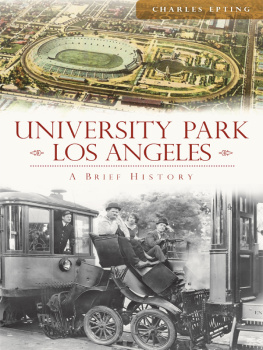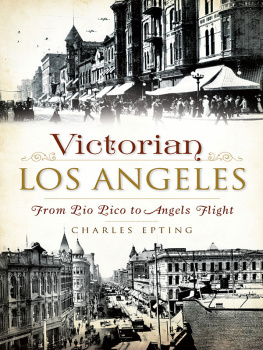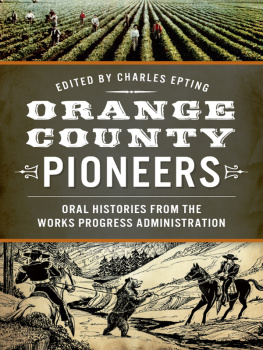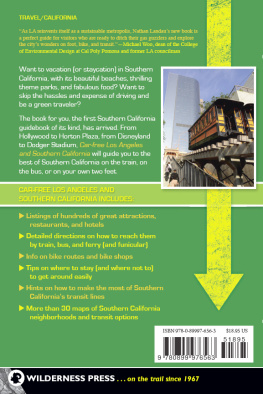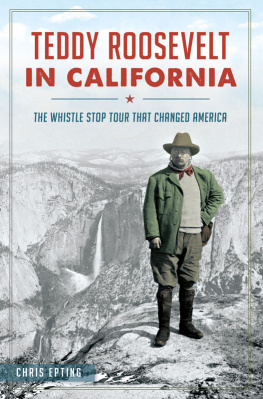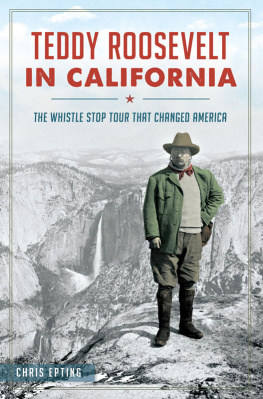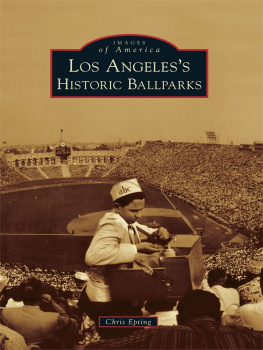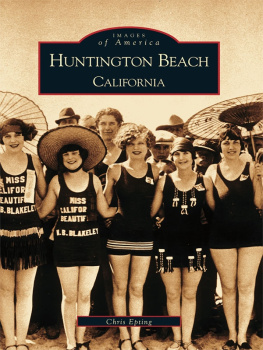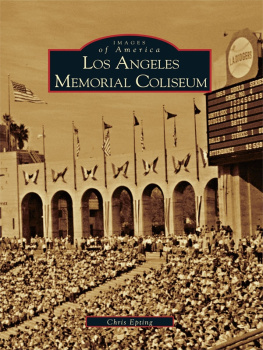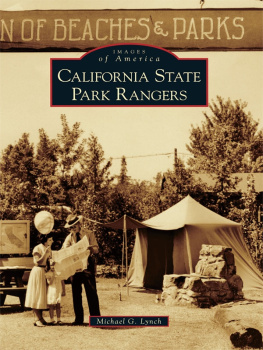
Published by The History Press
Charleston, SC 29403
www.historypress.net
Copyright 2013 by Charles Epting
All rights reserved
Images are courtesy of the author unless otherwise noted.
First published 2013
e-book edition 2013
Manufactured in the United States
ISBN 978.1.62584.028.8
Library of Congress CIP data applied for.
print edition ISBN 978.1.60949.960.0
Notice: The information in this book is true and complete to the best of our knowledge. It is offered without guarantee on the part of the author or The History Press. The author and The History Press disclaim all liability in connection with the use of this book.
All rights reserved. No part of this book may be reproduced or transmitted in any form whatsoever without prior written permission from the publisher except in the case of brief quotations embodied in critical articles and reviews.
This book is dedicated to my parents,
my nana and my sister.
CONTENTS
ACKNOWLEDGEMENTS
First and foremost, Id like to thank everyone who supported me during the research and writing process, including my parents, my sister, my nana, my cousin David, my fellow USC students and my brothers in Theta Chi fraternitywithout your constant enthusiasm and encouragement, this book never would have been possible.
Id also like to thank everyone who helped provide material for my research, including (but not limited to) Aisling Farrell, Richard Wojcik, the USC Libraries and the Los Angeles Public Library.
INTRODUCTION
When I entered USC as a freshman student in the fall of 2011, I knew next to nothing about the history of the school. On tours for prospective students, guides were always quick to point out Widney Alumni House, the oldest building on campus, but beyond that, little of the universitys past was presented.
Given that I am an avid student of history, I quickly decided that, since I would be spending my next four years here, I would try to learn as much as possible about the history of the school and surrounding area. Soon, I found myself in the depths of USCs libraries or tracking down out-of-the-way historic markers on a daily basis. I gathered together as many historic photographs, maps, postcards, moviesessentially anything I could find that helped piece together the history of my school.
The first thing that struck me during my research was how much of USCs history has been preserved. This is, in large part, due to the fact that the campus expanded outward as it developed, so there was little need to replace preexisting buildings. With the exception of only a handful of buildings, nearly every major structure to be constructed on campus still stands, which is something few other schools in Southern California can claim.
I also noticed that it was impossible to solely focus on the history of USC without also looking at the surrounding areas. A USC professor founded Exposition Park to the south of campus. The North University Park neighborhood was developed because of an influx of wealthy citizens after the founding of the university. The story of USC is the story of University Park in general, showing how a neighborhood and an educational institution can develop hand-in-hand.
As I continued my research, I began to view the campus in an entirely new way. Buildings I had once taken for granted were now impressive to me because I knew the stories behind the architects who designed them. Street corners that were formerly indistinguishable developed a whole new life in my eyes when I knew that Buster Keaton had filmed a movie there in the 1920s.
The spark that made me want to turn my casual research into a book was the excitement my fellow students showed when I shared with them what I had learned. No one knew that the original King Kong had been shot at the Shrine Auditorium. Or that Mickey Mantle had hit two home runs on campus against USCs baseball team. No one knew that THX audio was invented on campus. But whenever Id tell one of my friends an interesting bit of trivia, they were fascinated.
I want this book to take readers on the same journey of discovery that I experienced in researching this history of my campus. Whether youre an alumnus, student, Trojan fan or fan of history in general, I like to think that there is something in this book for everybody. While it is by no means comprehensive, I have strived to make this book a solid starting point for delving into the history of one of the most significant neighborhoods in Los Angeles.
Ive enjoyed learning as much as possible about University Park, and I hope you do, too. Thank you for joining me on this journey.
Chapter 1
THE EARLY HISTORY OF USC
18801921
THE FOUNDING OF USC
The idea of founding a university in Los Angeles can be traced back to at least 1871, when Judge Robert Maclay Widney began searching for suitable land for such an institution. Having been founded in 1781, Los Angeles was quickly being transformed from a sleepy Spanish village of a few hundred people into one of the largest cities on the West Coast. The arrival of the Southern Pacific Railroad and the discovery of oil helped to expedite this growth in the later decades of the nineteenth century. Widney, who had moved to California in 1857, felt that despite the wild-west nature of Los Angeles, there was still hope for an institute of higher education to be established in the city.
Initially, local landowner and Southern California pioneer Abel Stearns was interested in donating land for such a place. However, his death in 1871 forced Widney to look to other sources. Unfortunately, the Panic of 1873 quickly halted Widneys plans to establish a university, and a drought in 1877 further destroyed economic growth in the region. However, in the midst of this, a prominent Methodist elder, Reverend John R. Tansey, expressed interest and even donated land in order to fund a university; he died shortly thereafter, though, and progress was once again stopped.
However, once the depression had subsided by 1879, Judge Widney again began to map out plans for the university. In May 1879, Widney met with three men: Dr. Joseph P. Widney (brother of Judge Robert Widney), E.F. Spence and A.M. Hough, to decide on questions such as where the university should be located and where to find funding.

Robert Maclay Widney, founder of the University of Southern California. Born in Ohio, Widney was a judge and a lawyer when he moved to Los Angeles in 1867. In 1879, Widney selected the universitys first board of trustees and secured 308 acres of land from Ozro W. Childs, Isaias W. Hellman and John G. Downey. Widneys younger brother, Joseph Pomeroy Widney, would go on to be USCs second president.
Approximately 308 acres of land for the university was donated by three prominent Los Angeles citizens: Ozro W. Childs, John G. Downey and Isaias W. Hellman. These three men came from different religious backgrounds (Protestant, Catholic and Jewish, respectively), but all felt strongly about the need for an institution of higher learning in Los Angeles. Childs, who was born in Vermont and became a noted horticulturalist later in life, helped to construct the citys irrigation ditches and received a large parcel of land in return. Downey, an Irishman, helped found the Los Angeles Water Company and briefly served as the governor of California. Hellman, a Bavarian-born banker, helped establish Los Angeless first synagogue before his involvement with USC.
Next page
